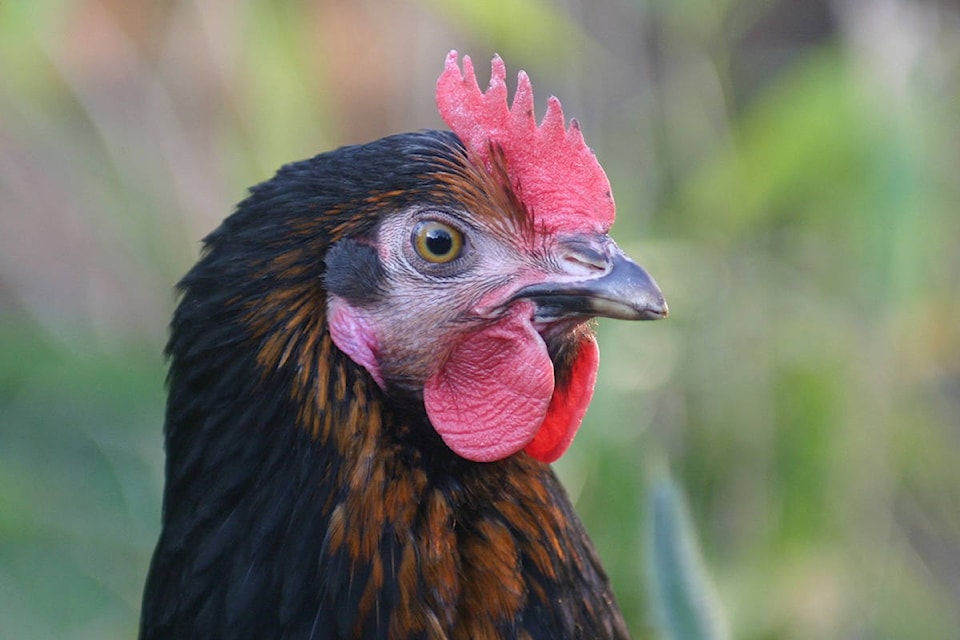The chickens can’t fly, and yet dozens of Mark Siemens’s free-range egg-layers have disappeared into the sky the last two years, never to return.
But you don’t need to be Sherlock Holmes to solve this mystery. The feathers left behind, and regular visits by the suspects, are enough for a farmer to figure out who to blame.
But stopping the culprits from killing again is another matter. As the poultry industry responds to increasing demand for free-range and organic chicken and eggs, farmers are confronting the fact that humans aren’t the only ones that want to eat their birds.
The chicken snatchers are eagles and hawks looking to supplement their diet.
Siemens said he lost around 80 birds to the raptors last year.
Fortunately, unlike the starlings that can eat large portions of local berry growers’ crops, the birds of prey are still more of a nuisance than an economic danger. Siemens’s lost birds constituted just a tiny slice of the 30,000 free-range layers on his farm near Albert Dyck Park, where many of the eagles and hawks live through the early summer
“Financially, it’s not a huge factor, it’s [more] just the emotional factor,” Siemens said. “You put all this effort into raising these birds and you see them sailing away.”
Siemens thinks a late salmon run may be partly to blame for last year’s toll; this year, he figures he’s on pace to lose just around 10.
Like berry growers battling starlings, Siemens has done what he can to keep the birds away from his livelihood. Many of his chickens choose to remain inside a barn, but to protect those that venture outside, Siemens has strung fishing line above the area where the chickens roam. The reflection from the line makes it difficult for the eagles to swoop down and land, Siemens says, although hawks can still navigate their way down to the ground.
“If there’s no protection for them, it becomes a feeding ground where the eagles will come two to three times a day and just make round trips if you’re not out there and not putting out cables or scarecrows or nettings,” he said. “That just becomes their new habit for feeding.”
“We’re re-evaluating and figuring out how to completely eliminate the problem.”
Mark Robbins, who raises broiler chickens and turkeys in west Abbotsford pastures, says he’s also had to deal with the raptors.
Fortunately, like Siemens, the raptor attacks haven’t put a financial strain on his operation, even though his birds live outside full time, with shelters to avoid the rain, but no barns.
Robbins says he will lose 10 to 20 birds from production runs ranging from 1,200 to 1,500.
“For us it’s not a huge problem.”
One of the reasons for that is that unlike egg-laying hens, Robbins’ birds quickly grow too large for eagles and hawks to swoop down and make off with them.
The hawks and eagles are a nuisance, but four years ago Robbins says he found a solution to half his problem.
Hawks, he found, began to stay away from his property when a new resident moved into a nearby property and stuck around.
The new neighbour? An eagle.
“At first I was a bit nervous about it, but I haven’t seen any hawks since the resident eagle set up.”
